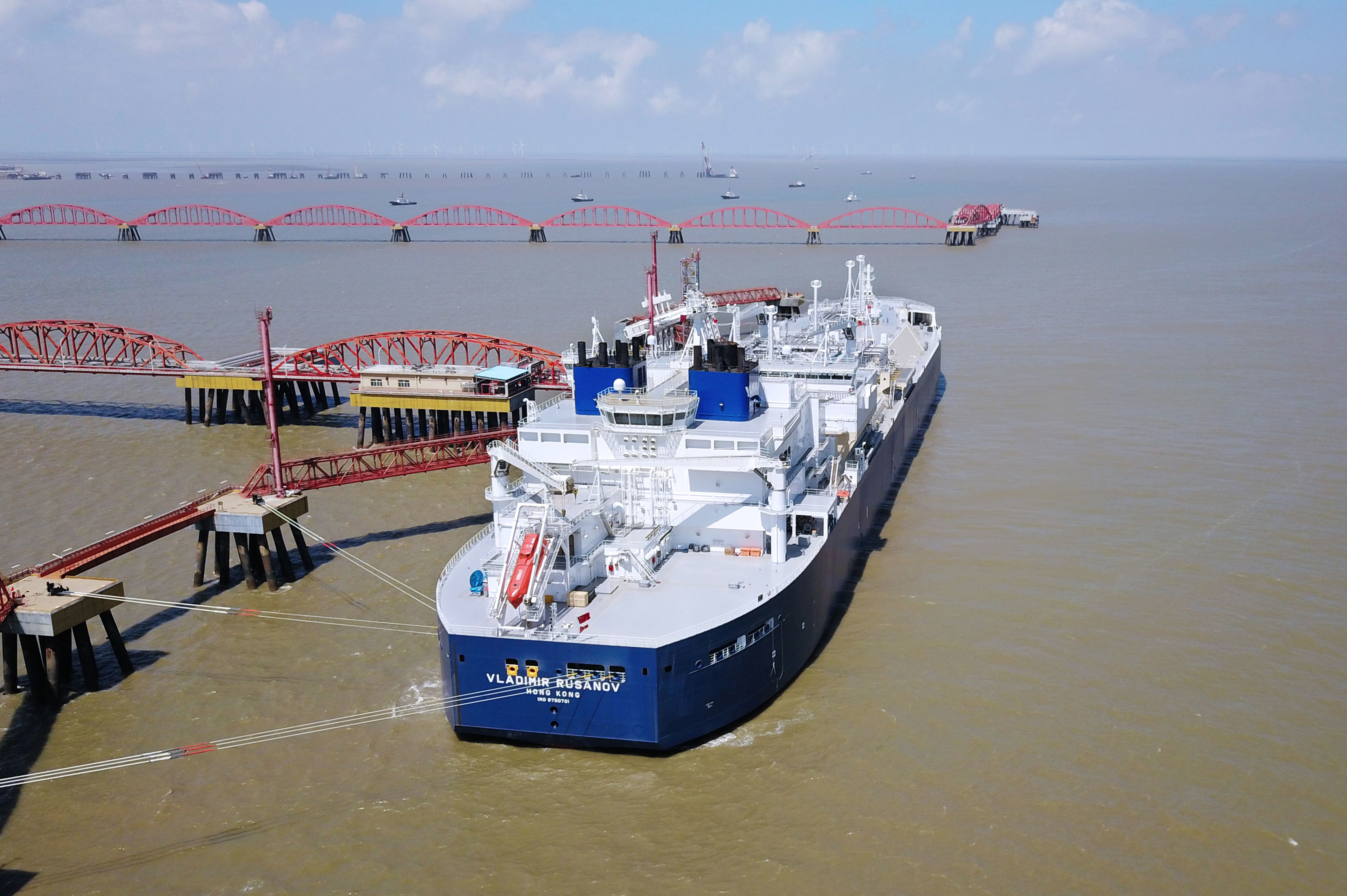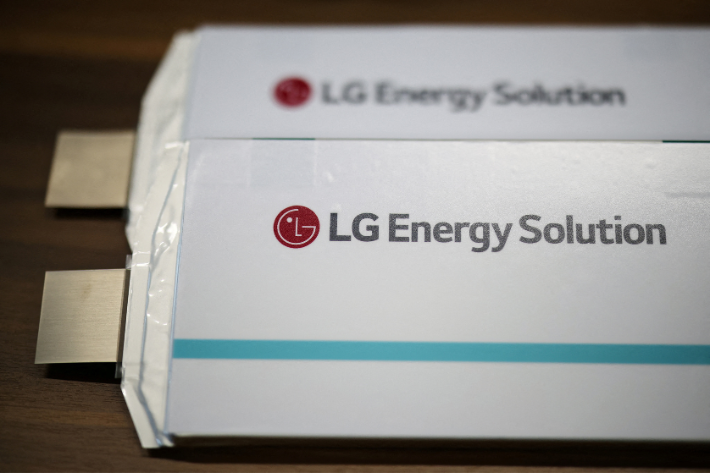The prospects of the world’s two largest economies parting ways just got real this month after US president Donald Trump mentioned the D-word as the the Sino-American trade war approaches the two and a half year mark.
“So, when you mention the word decouple, it’s an interesting word,” he told media at the White House on September 7, Labor Day.
“We lose billions of dollars, and if we didn’t do business with them we wouldn’t lose billions of dollars,” he said. “It’s called decoupling, so you’ll start thinking about it.”
An early casualty of this divided world could be the US energy sector where China holds the upper hand being the world’s largest crude oil importer, and the second largest liquefied natural gas (LNG) importer globally.
US energy exports in jeopardy
Before the ongoing trade war began in 2018, Chinese firms were eager to invest in an increasing number of new US LNG project proposals that were not only trying to gain government sanctioning, but seeking to ink enough mid to long term LNG off-take (procurement) deals needed to finance their capex intensive projects.
However, trade tensions have increasingly stood in the way of those ambitions. In June 2019, China slapped a 25% retaliatory tariff on US LNG imports, up from a 10% tariff the preceding September, all but halting American LNG exports to the country as well as drying up interest in project proposals.
The tariff heavily impacted US producers that needed to offload uncontracted cargoes of the super-cooled fuel in an increasingly over saturated LNG market, particularly spot markets in the Asia-Pacific region, home to around two-thirds of global LNG demand.
Exacerbating the problem has also been record low LNG spot prices in Asia, even dipping below the US$2 per million British thermal unit (MMBtu) price point in April, well below production costs for US-based LNG producers.
Upping the ante even more, without funds and investment from China, the US’ ambition to move from the world’s third largest LNG importer to the top slot, bypassing both Qatar and Australia, has been put in jeopardy.
However, in January the Trump Administration finally brokered a so-called phase one trade deal with Beijing, calling for China to import US$200 billion more American products, including US$52.4 billion more US energy products over 2017 levels, spread across the next two years. China began granting tariff exemptions on US LNG imports as part of the deal earlier this year, giving a temporary respite for US producers.
Any derailment of the trade agreement, however, due to an economic decoupling of the two sides, or any other reason, would create renewed headwinds for both US LNG importers and various project proposals.
China had also recently emerged as a top US crude buyer, mostly light sweet crude from US shale formations, taking in US$5.42 billion worth of the fuel in 2018, before trade tensions brought flows to a near halt last year.
China, to its credit, has both forged and maintained strong political and economic ties with a number of legacy crude oil producers, including Saudi Arabia (the world’s largest crude exporter), and Russia (it’s second largest oil producer).
In 2019, China’s crude oil imports from Saudi Arabia reached US$40.1 billion, representing a 16.8% market share. China also imported US$36.5 billion worth of crude from Russia last year, a 15.3% market share, followed by Iraq at US$23.7 billion, a 9.9% market share, according to US Energy Information Administration (EIA) data.
Other oil exporters to China include Angola, Brazil, Oman, Kuwait, the UAE, Iran and the UK. China still meets more than half of its crude oil needs from various Organization of the Petroleum Importing Countries (OPEC) members.
Though China has been increasing its US oil imports this year to fall in line with its phase one trade obligations, its oil supply diversification gives it leverage over US oil exporters and as such gives it a bargaining chip in future trade negotiations with Washington.
Playing the Russia card
Even without an escalation in Sino-American trade tensions or any economic decoupling, some analysts see Beijing’s ties with one-time adversary Moscow as unbreakable and a near death-nail for US oil and LNG ambitions in the Middle Kingdom.
Keun Paik, a Sino-Russian energy expert and an Energy, Environment and Resources Programme associate fellow at the UK-based Chatham House, told ATF that Russia and China will likely continue to press forward in oil and gas cooperation for the rest of the decade.
“If the supply of [Russian energy company] Novatek’s Arctic LNG-2 project and Power of Siberia 2 [natural gas pipeline] via the Mongolian Route are successfully implemented, it may result in a minimum of oil and gas exports from the US,” he said.
The massive US$21 billion Novatek LNG project, for its part, lined up US$9.5 billion in financing last week from international lenders. China Development Bank will reportedly offer US$5 billion of that amount.
“It [the two projects] will be a nightmare for US energy export policy towards Asia,” Paik added. “The success of the US shale revolution will be significantly compromised, and at the same time, Russia’s large scale supply of pipeline gas and LNG will wipe out the chance of large scale US LNG export to China.”
“The implications for continued fighting between the US and China on a number of fronts, nearly reaching Cold War status, will only enhance Sino-Russian cooperation,” he said.
Even if the trade war between Washington and Beijing ends, Paik argues, the hegemony fight between the two sides in this decade will likely continue, while Russia will be the biggest beneficiary.

Tim Daiss is a business and energy markets analyst and journalist who has been based in the Asia-Pacific region for more than a decade. He has performed analysis, risk advisement and consulting for US, UK and Singapore-based energy consultancies, in addition to writing for key industry media outlets.
Attachments area
























